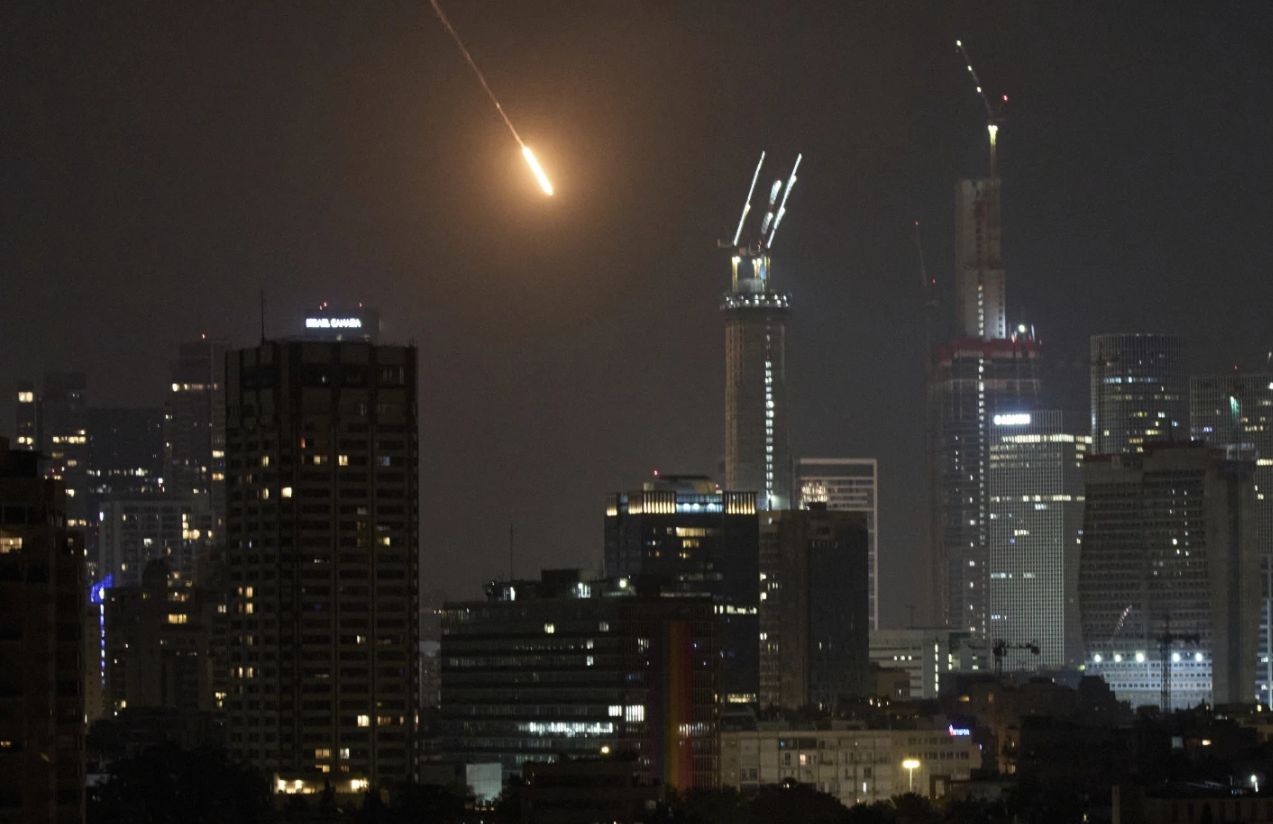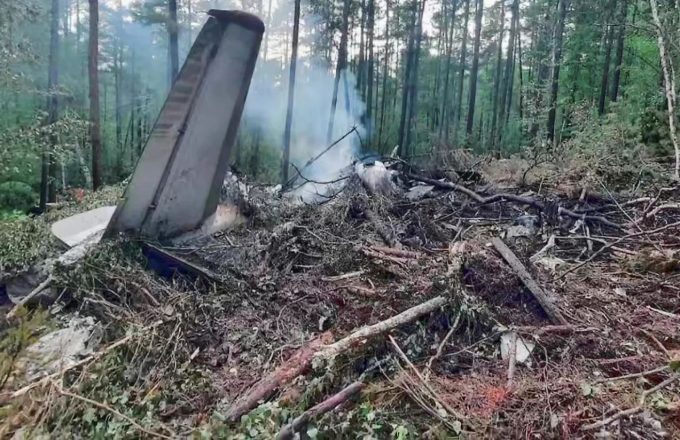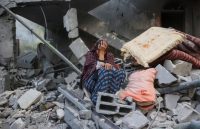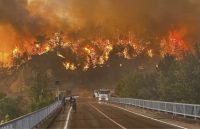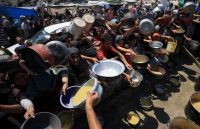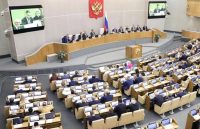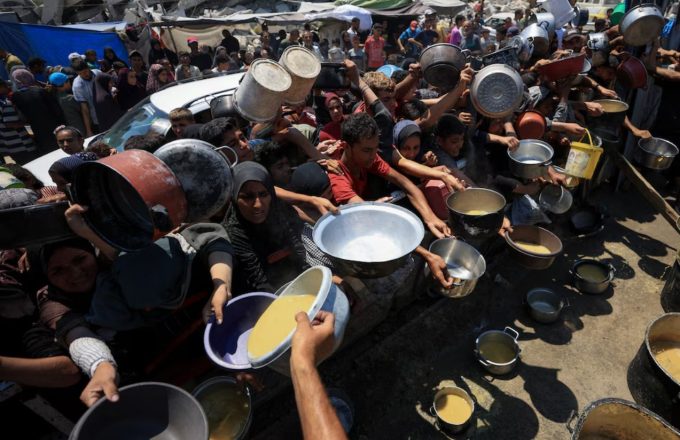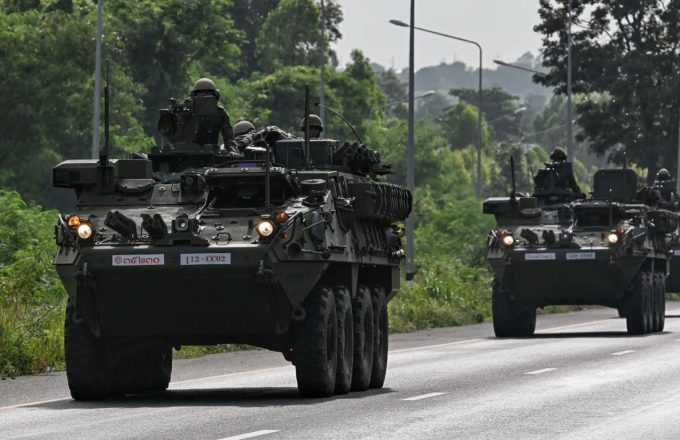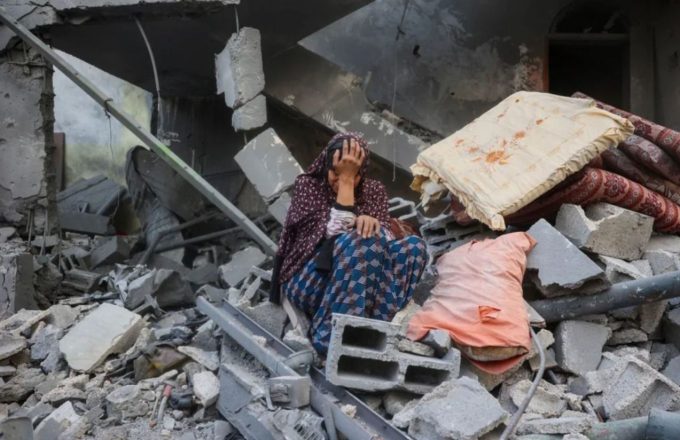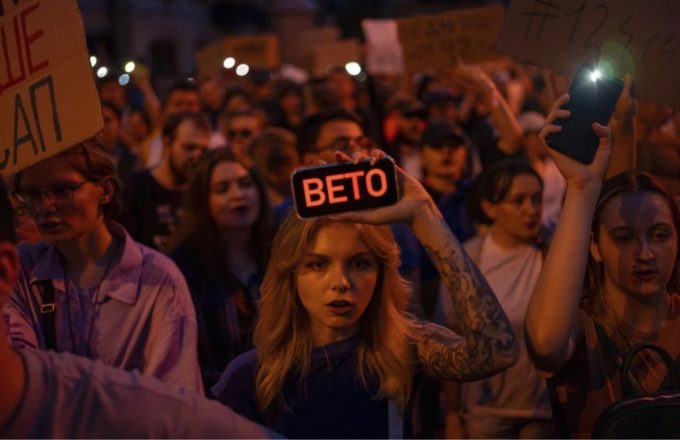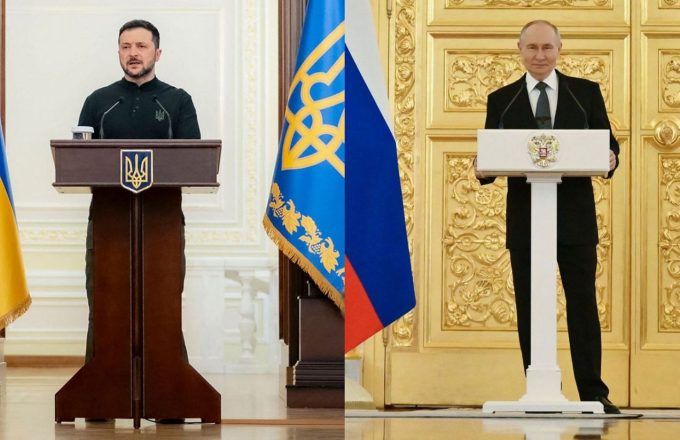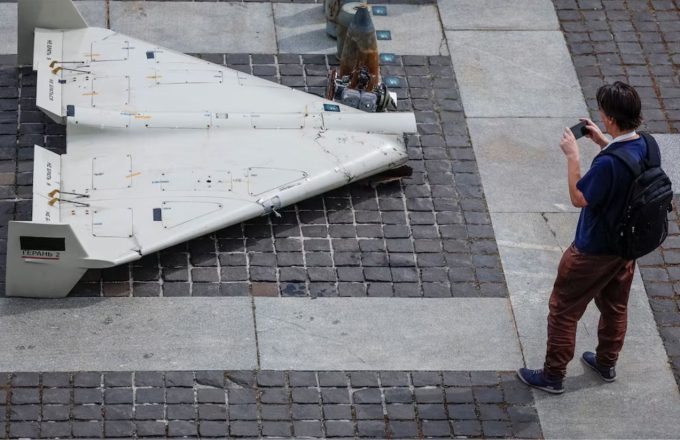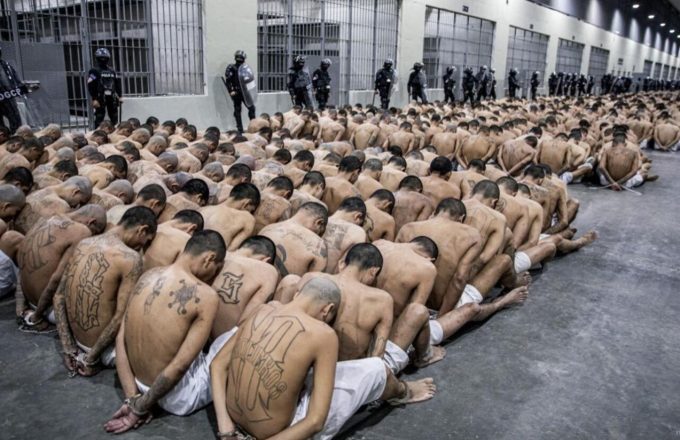The conflict between Israel and Iran has escalated to unprecedented levels over the weekend, following a devastating Israeli airstrike targeting Iranian nuclear and military facilities. According to Iranian officials, at least 78 people were killed and more than 320 injured. Iran responded swiftly, launching multiple waves of missiles and drones toward Israeli territory, lighting up the skies over Jerusalem, Tel Aviv, and other cities.
Israeli Defense Minister Yoav Gallant issued a stark warning, declaring that “Tehran will burn” if the Iranian regime continues its attacks. “Iran will pay a heavy price for harming our citizens,” he stated after meeting with the Chief of Staff of the Israeli military. The Israel Defense Forces confirmed that seven soldiers were wounded after a missile struck central Israel.
The Israeli operation was one of the most significant in recent years. Along with eliminating several senior Iranian generals, nine high-ranking scientists involved in the country’s nuclear program were also killed. Among the casualties were General Mohammad Bagheri, head of the Iranian armed forces, and General Amir Ali Hajizadeh, commander of the Revolutionary Guard’s missile division.
Israeli Prime Minister Benjamin Netanyahu justified the offensive as a preemptive measure to neutralize existential threats. He also called on the Iranian people to rise up against their leaders. According to Netanyahu, the operation had been planned for months and was initially scheduled for April but was postponed for strategic reasons.
The diplomatic fallout was swift. Iran effectively canceled a planned meeting with the United States in Oman to discuss its nuclear program. Iranian Foreign Minister Abbas Araghchi called the negotiations “unjustifiable” following what he described as a “direct aggression with U.S. support,” though Washington has denied any involvement.
On Saturday morning, Iranian state TV repeatedly broadcast footage of the missile strikes on Israel, while scenes of people celebrating and handing out sweets were shown. The Iranian attacks reportedly killed at least three people and injured around 70, mostly in and around Tel Aviv. In the city of Rishon Lezion, a missile severely damaged several homes.
In retaliation, Israel launched another wave of airstrikes targeting dozens of facilities, including radar stations, air defenses, and nuclear sites in Natanz and Isfahan. An Israeli military official said the scale of destruction would prevent Iran from repairing the damage in just a few weeks. The International Atomic Energy Agency confirmed significant damage to surface facilities at Natanz, though underground centrifuges appeared intact.
In central Tehran, explosions rocked the city overnight, and a fire was reported at Mehrabad International Airport. Iran’s defense systems were activated in several provinces, signaling a potential continuation of Israeli attacks.
Amid the turmoil, Supreme Leader Ayatollah Ali Khamenei appointed Majid Mousavi as the new head of the Revolutionary Guard’s Aerospace Division, replacing the late General Hajizadeh.
The international community is watching the situation with growing concern. Several regional governments condemned the Israeli strikes and called for an immediate de-escalation. Meanwhile, the war between Israel and Hamas in Gaza remains ongoing, with at least 27 people killed in the enclave in the past 24 hours.
The prospect of a full-scale war between Iran and Israel—with potential regional and global repercussions—is now more real than ever.


